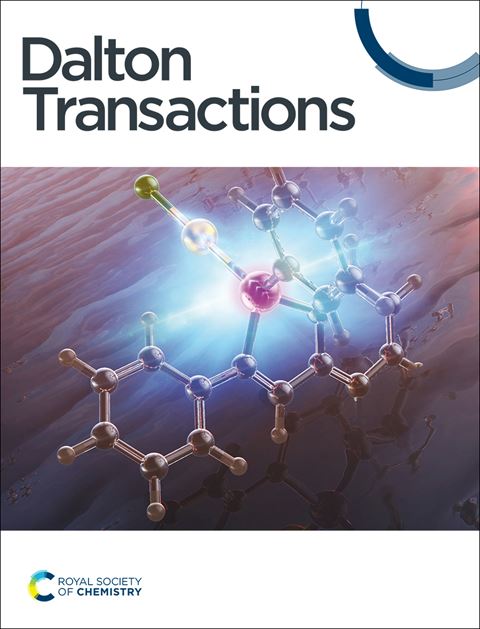Unveiling the Energetic Potential of Azahomocubane (AHC): A New Class of Potential Propellants, Explosives and Oxidizers
IF 3.5
3区 化学
Q2 CHEMISTRY, INORGANIC & NUCLEAR
引用次数: 0
Abstract
Cage compounds are potential kinetic rocks and thermodynamic powerhouses. Their strain energy plays a crucial role. Hence, cubane, homocubanes, and bishomocubane skeletons have become prominent recently. However, research on the design and development of azahomocubane-based energetic materials has yet to be explored. The aim of the present work is to illustrate the potential of azahomocubanes as next-generation propellants, explosives and oxidizers. The energetic potential of any new materials was determined using B3LYP/6-31+G**, G2, and MP2/6-311++G** levels at the Gaussian 03 suite of programs. The new azahomocubanes possess a density range of 1.33 g/cm3 to 2.14 g/cm3. Most of the azahomocubanes have significantly elevated high-positive heats of formation (Hf° (s) = 289.82 kJ/mol to 728.41 kJ/mol). Compounds AHC-12-19 have superior potentials as solid propellants in rocket propulsion. Additionally, this study reveals that compounds AHC-20 and AHC-21 could be highly effective primary explosives (AHC-20, P = 44.46 GPa, D = 9706 ms-1; AHC-21, P = 45.64 GPa, D = 9708 ms-1) exceeding the performance of RDX, HMX and comparable to that of ONC and CL-20. Our finding suggests that azahomocubanes have great potential in the field of energetic materials.求助全文
约1分钟内获得全文
求助全文
来源期刊

Dalton Transactions
化学-无机化学与核化学
CiteScore
6.60
自引率
7.50%
发文量
1832
审稿时长
1.5 months
期刊介绍:
Dalton Transactions is a journal for all areas of inorganic chemistry, which encompasses the organometallic, bioinorganic and materials chemistry of the elements, with applications including synthesis, catalysis, energy conversion/storage, electrical devices and medicine. Dalton Transactions welcomes high-quality, original submissions in all of these areas and more, where the advancement of knowledge in inorganic chemistry is significant.
 求助内容:
求助内容: 应助结果提醒方式:
应助结果提醒方式:


